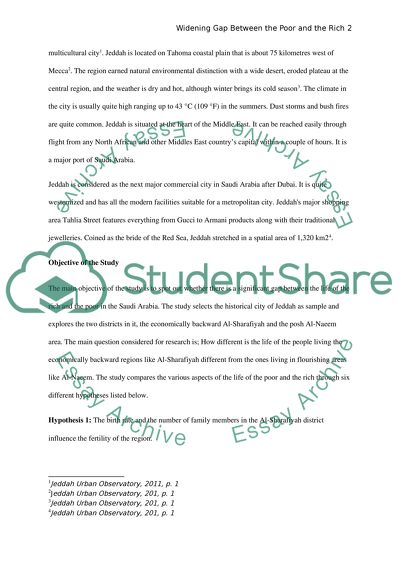Cite this document
(“Spatial Differences of Rich and Poor Neighbourhood in Jeddah, Saudi Essay”, n.d.)
Retrieved from https://studentshare.org/geography/1403580-spatial-differences-of-rich-and-poor-neighbourhood
Retrieved from https://studentshare.org/geography/1403580-spatial-differences-of-rich-and-poor-neighbourhood
(Spatial Differences of Rich and Poor Neighbourhood in Jeddah, Saudi Essay)
https://studentshare.org/geography/1403580-spatial-differences-of-rich-and-poor-neighbourhood.
https://studentshare.org/geography/1403580-spatial-differences-of-rich-and-poor-neighbourhood.
“Spatial Differences of Rich and Poor Neighbourhood in Jeddah, Saudi Essay”, n.d. https://studentshare.org/geography/1403580-spatial-differences-of-rich-and-poor-neighbourhood.


